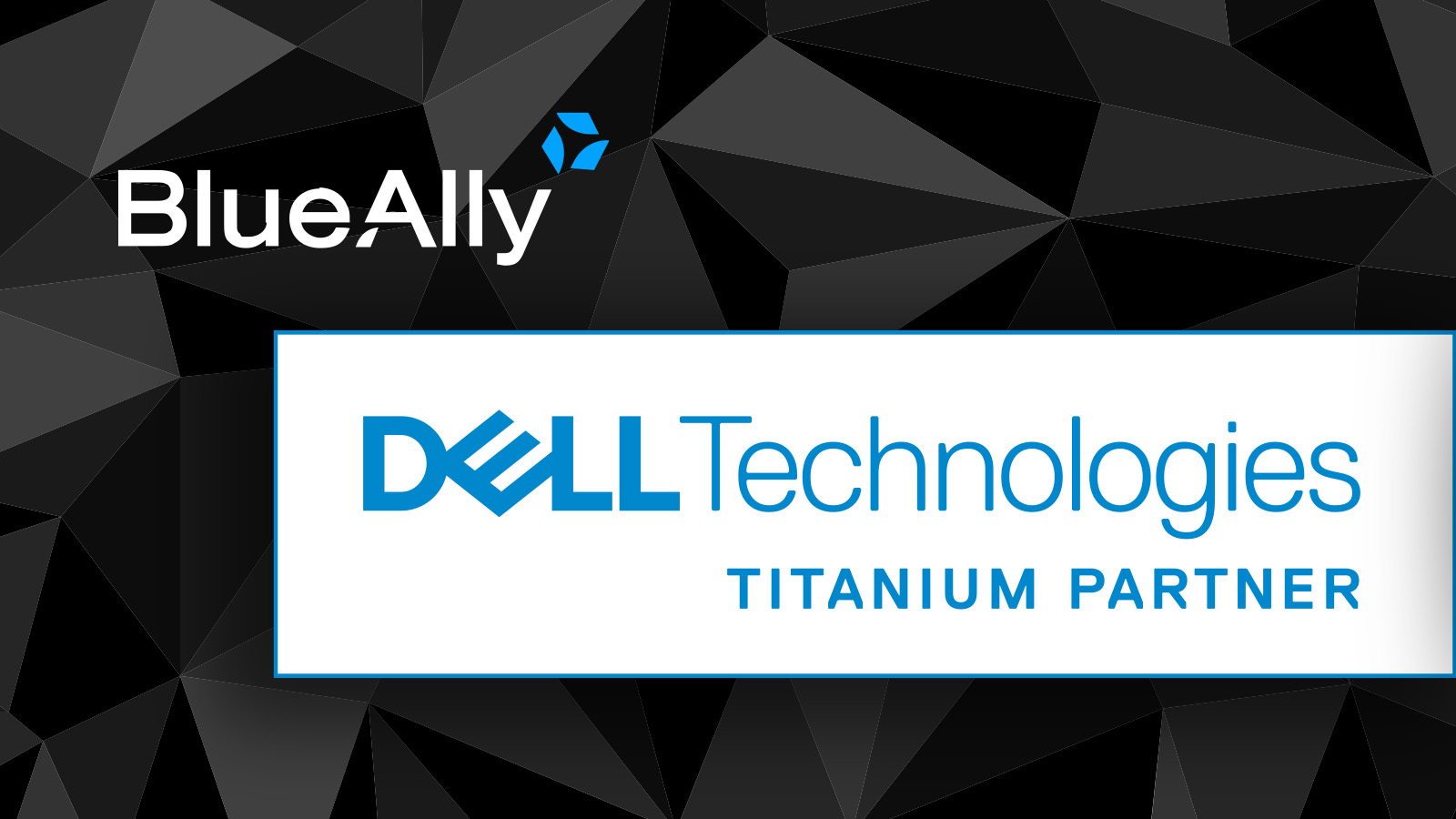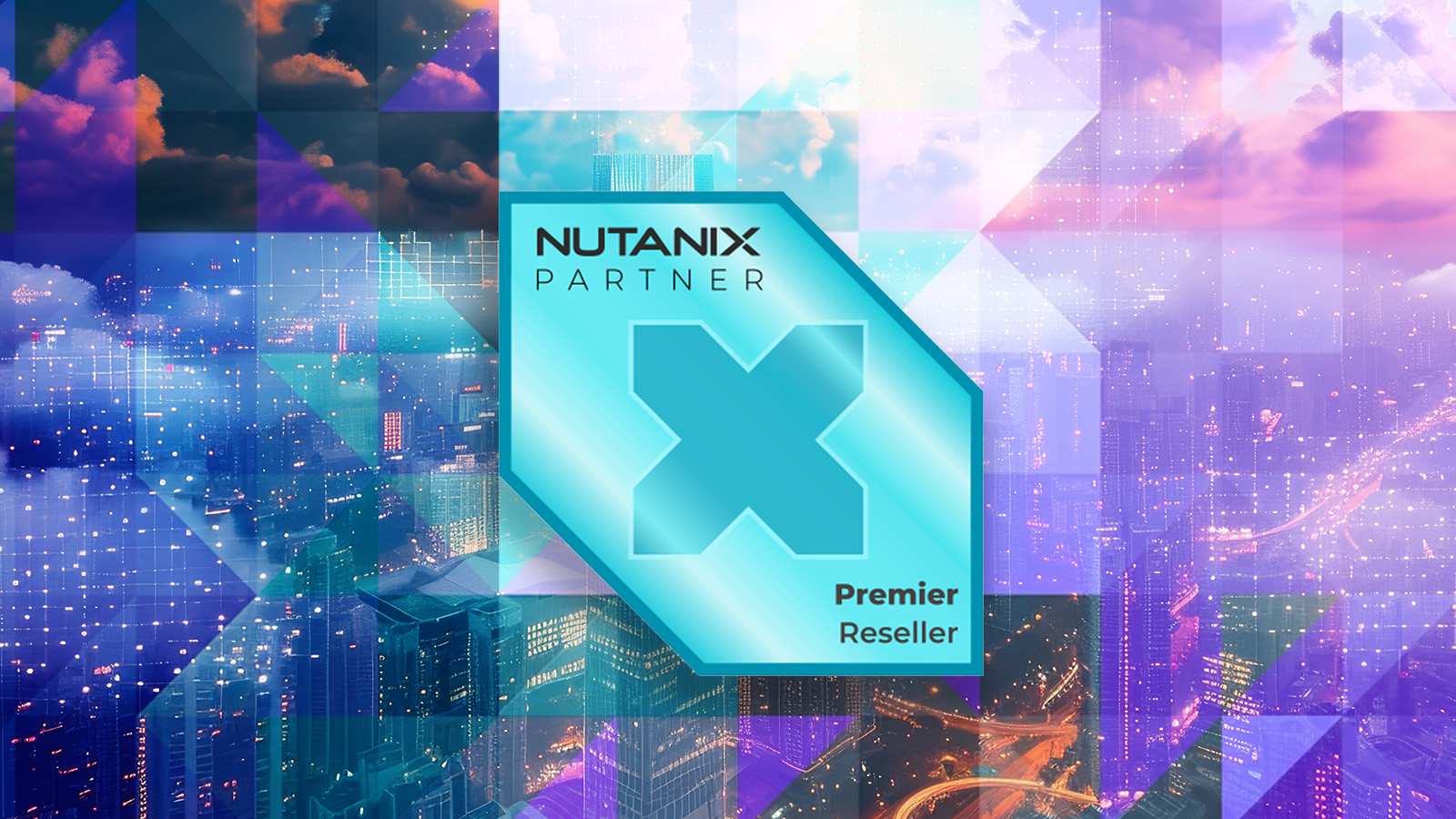 FEATURED
FEATUREDPETER WELCHER | Solutions Architect
I’ve been lightly tracking Cisco’s IOT (Internet of Things) offerings over the years, and the widely disparate requirements in different use cases such as “industrial networking.” Recent Cisco Partner Sales Trainings attracted my attention. Cisco hosted several days of presentations for partners, summarizing their products in various market niches while explaining what partners might sell and the value to customers.
That inspired me to write several blogs about Cisco IOT. The series will summarize Cisco’s IOT products how they might be used (use cases), and why someone might care about their features. This information is based off of the publicly visible Cisco web pages, which I will include copious links to.
Why IOT? First, it is an expanding area of networking, with increasing use cases. Secondly, it is impacting current organizations, especially healthcare and retailing, but touching anything where new forms of sensor may provide valuable security or cost-saving benefits, or enable new capabilities (better inventory, better products, etc.).
This blog is the first of several covering this wide topic. I don’t claim major creativity, this is just my attempt to concisely (ha!) summarize Cisco IOT, highlighting details I think are impressive and useful, all assisted with web links, and the occasional opinion.
Note that some of this information might also be useful for non-industrial enterprises or other settings (e.g. building sensors, sensors embedded in APs, that sort of thing).
One major conclusion from this IOT observer: There are firms specializing in proprietary IOT solutions. Cisco has a comprehensive and growing set of IOT products providing a single-vendor core approach but supporting standards for third-party product integration.
There’s a large amount of Cisco IOT information. I have organized it into blogs as follows:
Part 1: Background and Overview of Cisco IOT (This blog)
- Introduction (above)
- Perspective: What Skills Are Needed? Who Are the IOT Customers?
- Industrial Edge Computing
Part 2: Cisco IOT Hardware
- Industrial Routers
- Industrial Switches
- Industrial Wireless
Part 3: Other IOT Essentials
- Industrial Security
- Industry Use Cases
Part 4: Finishing IOT Touches
- Meraki IOT
- IOT Skillsets
- More IOT Links
Part 5: The IOT Competition
- Juniper
- Aruba
- Arista
Note: Cisco’s online IOT pages are NOT organized in alignment with the above bullet points. This structure is topic-oriented, whereas Cisco’s is perhaps more sales and use case-oriented.
Perspective: IOT Skills, IOT Customers
In terms of skills and customers for IOT, my current take is that there’s a spectrum of skill areas that roughly align with the use cases (and sales scenarios). Not surprising!
The skills opportunities appear to range from “standard” Enterprise Networking (etc.) supplemented with more IOT specific products and design (“IOT Lite”?), to “full” or “Max IOT” and industrial and other specialized networks. Especially ones that are outdoors only, or have very large numbers of sensors, etc. They can be very different from most enterprise networks!
In case IOT looks like a large hard-to-digest lump: a person need not feel overwhelmed by this.
It’s just like the rest of Cisco skills: start somewhere, then expand your horizons as your work needs suggest.
Sales team members might need more niche-oriented skillsets, to be able to talk to certain use cases in detail, high-level design, and summarize work done for prior unnamed but similar customers.
My recommendation, which more or less applies to anything in IT, is to just start somewhere, and build skills as your interests, needs and your customer base’s needs dictate.
The hardest part concerning skills may be getting experience – knowing what a typical farm or factory deployment might look like, familiarity with some of the non-Cisco IOT devices that a given customer has, etc. This part may vary between sites or customers anyway, so there may be not much you can do to prep in advance.
If your employer focuses on a niche (medical/hospital, farm, transportation, factory, …) that should clearly be your focus!
Also note that Cisco Security and Automation (and general Networking) products complement the IOT space. So, there may be a mix of the two in some networks. Particularly for IOT devices and IOT networks in offices, hospitals, or other indoor spaces? That might include building environmental sensors or extending the network to medical or other industry-specific monitoring and other platforms.
Within the IOT space, Cisco has Industrial Switching and Routing products, typically providing hardened hardware for factory floor, outdoor, or other harsh settings – or smaller spaces! Cisco also offers Industrial Wi-Fi and Sensor networking.
Cisco’s overall IOT management product is Cisco Cyber Vision, providing visibility and security posture. And of course, there are other products “to be named later”.
Concerning training: Cisco has partner/technical specializations available for IOT.
Where I found potentially useful content (e.g. blogs) that tied to each topic/area, I included them in that sub-section. Other useful links can be found at the end of this document.
Cisco has not been slacking on the information front for IOT!
Industrial Edge Computing
The first topic consists of connecting up sensors and monitoring.
The financial incentive for a company to invest in this comes from eliminating manual monitoring: more data, better data, and lower staffing cost.
One potential factor in this: Cisco supports LoRaWAN (a standard) for long-distance low data rate low power consumption networking of sensors.
LoRaWAN uses an unlicensed spectrum. It works at “long distance” = up to 15 km in rural areas. It can connect thousands of devices (sensors) with low device power consumption: battery-powered, up to 10 years lifetime.
Use cases include manufacturing, mining, smart cities, warehouses/logistics, parking lots, railways, utilities, ports, refineries.
See also: https://www.cisco.com/c/en/us/solutions/internet-of-things/lorawan-solution.html
Follow the above link for a useful diagram:
- Endpoints do LoRaWAN to a gateway.
- Which provides IP transport to a radio controller/endpoint management server.
- Application server(s) access that via API or proprietary technique.
Cisco’s Industrial Asset Vision (IAV) is a product intended to simplify and automate asset and facility monitoring and preventative maintenance. It works with (Cisco) industrial sensors and Cisco LoRaWAN gateways, providing a dashboard and mobile app. Sensors can be added by QR codes or in bulk.
See also: https://www.cisco.com/c/en/us/products/cloud-systems-management/industrial-asset-vision/index.html
Cisco-branded sensors include:
- Outdoor temperature, indoor temperature
- Product temperature,
- Refrigeration
- Door/window (open/closed)
- Water leak detection
- Light
- Occupancy
- Machine temperature
- Vibration
- Geolocation
Cisco also has an analog-to-digital bridge.
Note: I can’t find a dedicated link for just sensors; but see the previous link. Note that the Meraki product line also contains indoor sensors. See also the Meraki IOT section in a later blog.
Across all of this, do pay attention to environmental requirements and details, i.e. indoor environments, outdoor environments, etc.
From experience, requirements gathering needs to ask good questions, and be aware of gotchas.
Here’s an example of what I mean: a while back, I was tangentially involved in work for an amusement park chain. One important late discovery (surprise!) was that they turn off all the power in the winter. Some Cisco devices have heating components that require power to cover their specified temperature range, due to being built with liquid capacitors! Conclusion: be careful about not just temperature ratings, but how they are achieved!
Cisco has an outdoor-rated LoRaWAN gateway, plus a similar LoRaWAN module for the compact hardened industrial routers. The gateway takes LoRaWAN inputs and connects them back via IP over Ethernet.
See also: https://www.cisco.com/c/en/us/products/routers/wireless-gateway-lorawan/index.html
Cisco Edge Intelligence software is intended to simplify the data flow from the network edge to multiple cloud environments (vendor clouds, etc.).
See also: https://www.cisco.com/c/en/us/solutions/internet-of-things/edge-intelligence.html#~how-it-works
Conclusion
The IOT space is perhaps not “sexy” or “hot” in terms of getting headlines.
But the ever-increasing ability to deploy inexpensive sensors and network them multiplies data-gathering capabilities. IOT and automation enable full-time monitoring of environmental and other data that was not previously possible. That’s a game-changer!
Thinking of the data streams as telemetry, the obvious related step is AI monitoring, thresholds, correlation, and recommendations.
As in “the crop is getting dry, time to remotely turn on the water sprinkler in the south 40.” (Perhaps under automated control.) Put your imagination to work on the things we find out too late, and learn how automated timely reactions might save major costs!
These practices might include monitoring usage and conditions for EV charging stations – so drivers can find an open nearby place to charge, or get a read on the backlog, etc.
We already have “there’s nobody in sector C of the building, so let’s turn the lights off and do less heating or cooling there” in places.
Is there any doubt we’ll be seeing increasing use of this technology over time?
Another relevant theme: building a single secure transport network carrying both normal IT and IOT/IIOT/OT traffic, with compatible indoor and outdoor/hardened networking equipment, including routers, switches, and AP’s. With AP’s as the hardened/outdoor device for vendors lacking specialized routers and switches. Cisco’s competition is starting to address this particular marketing angle, albeit with one or only a few products in each case.
Do you hear opportunity knocking? I do!








































